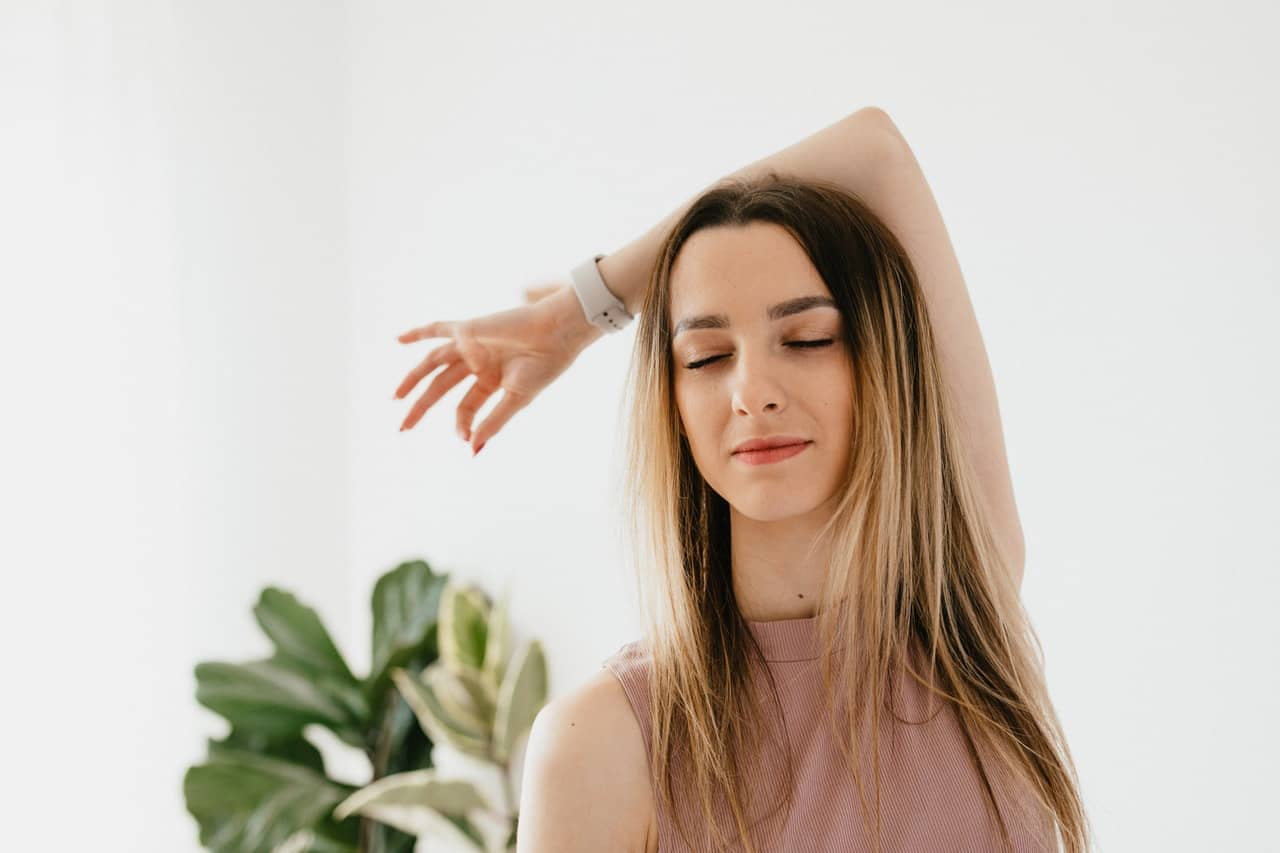
Mudra comes from Sanskrit and means “gesture,” “seal,” “sign.” It is a symbolic or ritual hand arrangement often used in the practice of Hinduism and Buddhism. Most mudras are performed with the hands and fingers, often in combination with movements of the wrists, elbows and shoulders. Some involve the entire body. In yoga, spiritual practices and Indian traditions, mudras have been used for thousands of years to aid in meditation and healing
They have a stimulating effect on various parts of the body involved in breathing and affect energy flow and even mood. By curling, crossing, stretching and touching the fingers and palms, we can manipulate the mind-body connection. Each area of the hand corresponds to a specific part of the brain or body.
Our limited understanding of energy and physical matter makes explaining mudras on an energetic level more complex and more difficult to prove. The same gestures also communicate with energies at the astral level. The subtle energy is then transmitted through the nervous system and brain, helping us to concentrate. Scientists still do not agree on what makes up more than 96% of the matter in the universe (including dark matter). Therefore, it is difficult to describe how mudras tap into this quantum level of matter/wave energy
On a more spiritual level, practicing energetic hand systems is an outward representation of inner intentions. It can reflect certain hopes, energy or devotion
The most well-known mudras are easy to make. You can do them while meditating in the lotus position or sitting in a chair with a straight back. Begin each session by “washing” your hands by rubbing them together about 10 times. Remember to hold your hands over your navel chakra. This will facilitate the flow of energy in your hands
Apply enough pressure in each mudra. This way you will feel the flow of energy. If you want to achieve optimal results, hold a given palm energy system for 15 minutes. You can break this quarter of an hour into several parts throughout the day or incorporate it into your meditation
It is extremely popular. Here you focus not only on the hand position itself, but also on the breath. Extend your thumb and do not bend, bringing it closer to your index finger. You can calmly sit down and place the outside of your hand on your lap. This way you can perform the mudra more easily
In Sanskrit, “Gyan” means awareness, wisdom and knowledge. It improves concentration and sharpens memory. It has a positive effect not only on the mental sphere, but also on the physical sphere
Interestingly, it can not only be used for meditation, but also during greeting in many Asian countries. Sit or stand up straight. Stretch your back without making a cat’s back. Place your palms at the level of the heart chakra. Make sure that your palms are fully clasped together. Make sure the fingers are always pointing upward. Anjali means “address” or “offer” in Sanskrit. The joined hands help to create a sense of balance between the mind and body
Chin Mudra is also called the awareness gesture. When you use it during meditation, you calm your mind and thoughts. You also improve your overall state of mind. Turn your palms so that the inside of your palm is facing downward. Then, with the fingertip of your index finger touch your thumb and with two fingers form a circle. Leave the other fingers extended.
This hand position stimulates the root chakra. It is said that you can feel the energetic connection with the earth. Placing your hands under your chin helps to bring simplicity and modesty back into your life
Helps to deal with stress and depression. It also maintains balance in the nervous system. It facilitates relaxation and rejuvenates the mind. Place your thumbs and index fingers one on top of the other to form a triangle. Point your index fingers downward and fold your other fingers at an angle. This mudra protects against stress from the outside world.
You can use either one hand or two hands here. If you choose the former, always use the right hand symbolizing positive energy absorption. This way you activate and balance the first three chakras (root, sacral and solar plexus). Hold out your hands and point them toward each other (as if you were high-fiving someone). Next, fold your index and middle finger, keeping your ring finger and little finger fully extended.